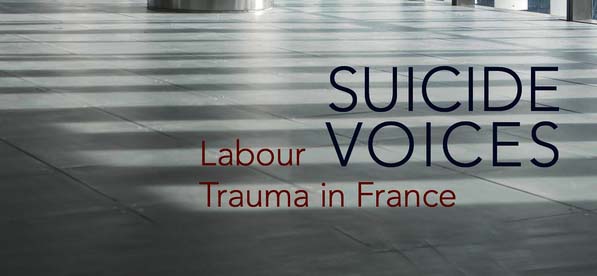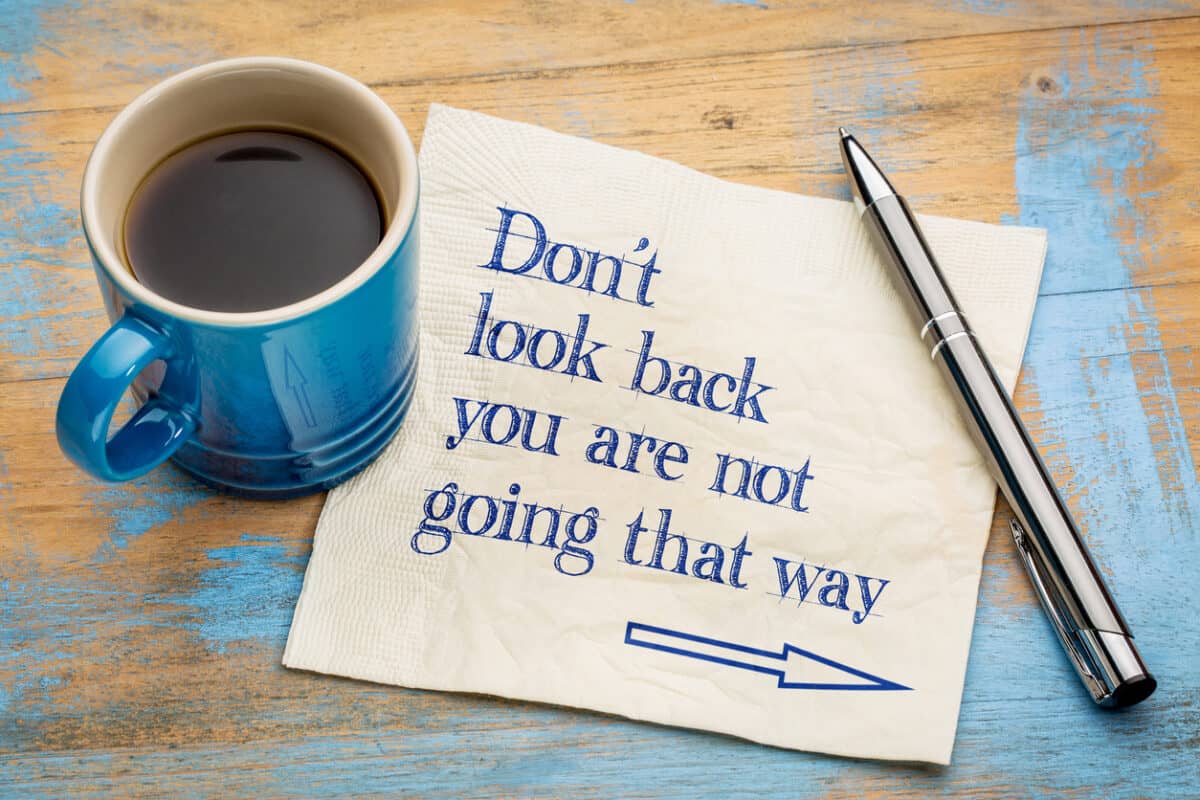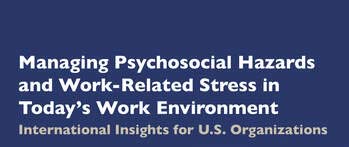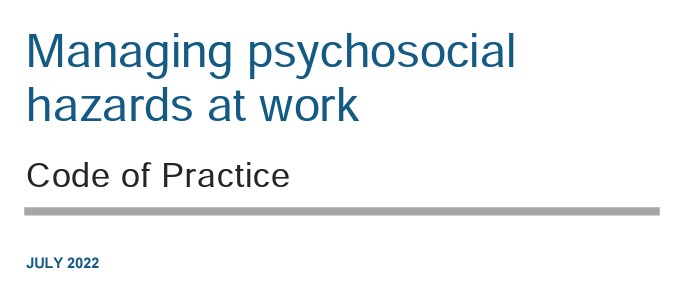Recently Denmark hosted the 19th European Symposium on Suicide and Suicidal Behaviour. Workplace suicide was on the agenda, and SafetyAtWorkBlog was able to pose some questions to a leader in suicide research, Professor Sarah Waters. Below is an illustrative extract:
Continue reading “Multidisciplinary approach to work-related suicides (Open Access)”“….If we reduce suicide to a mental health problem that is located in the mind, then there is no need to question the wider social structures and power relationships in which the individual is embedded. Suicide in my view is a political and a societal problem that is shaped by the wider social forces of which the individual forms part….”







